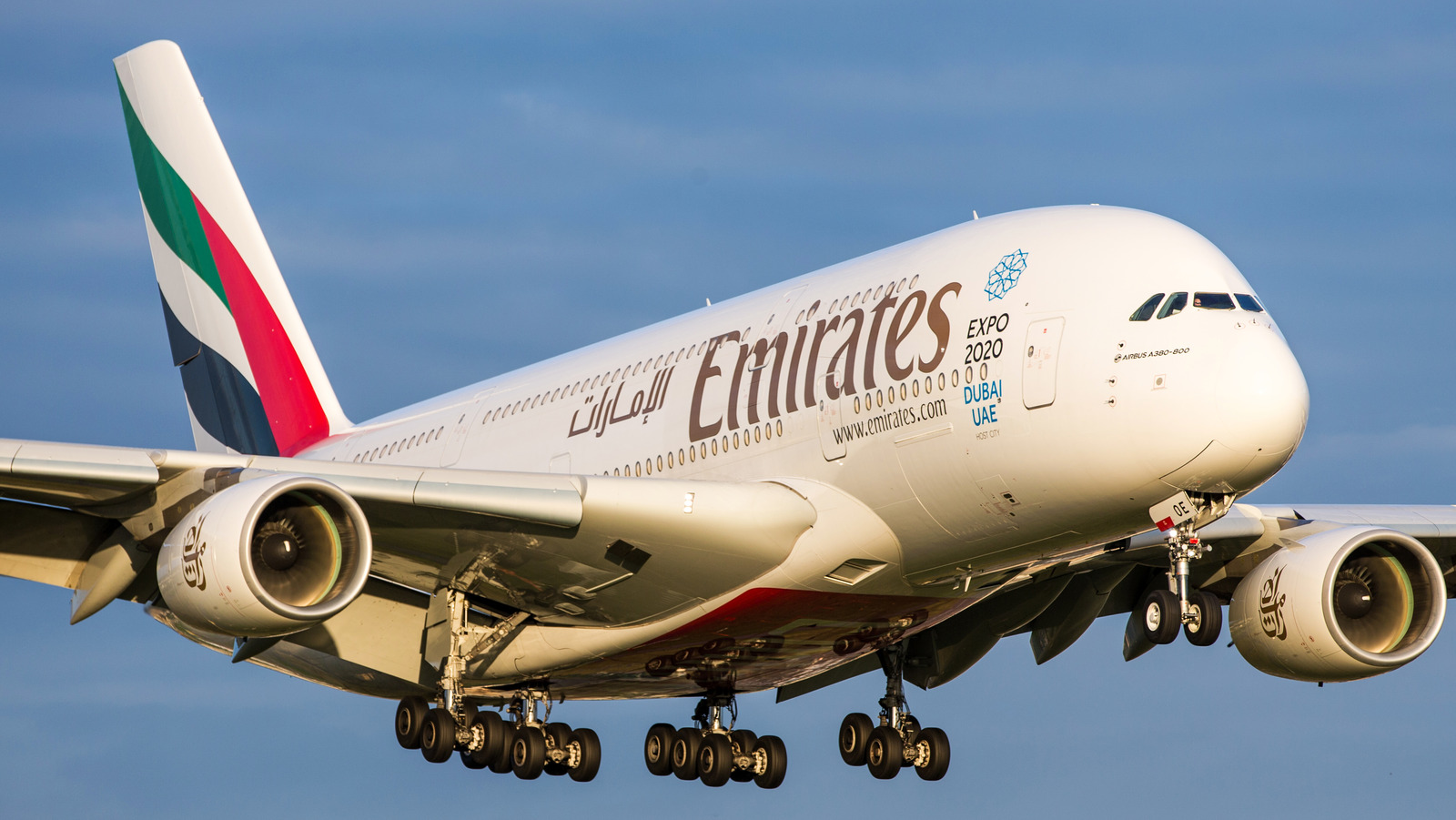8 Revolutionary Engines That Changed Aviation Forever – SlashGear

When you hear the name Rolls-Royce, most of us think of its line of luxury automobiles. However, its long history of aircraft engine manufacture is equally successful, and it is still one of the major players in the aviation industry. The Rolls-Royce Dart turboprop engine, introduced in 1946, was an excellent example of uncomplicated design and quality engineering, combining the power of jet engines with the efficiency of propellers.
You could be forgiven for thinking that Rolls-Royce named the Dart after the arrow-like projectile. However, the company has a tradition of naming its products after British rivers, in this case, the River Dart in the south. The engine was a major player as a facilitator of early commercial intercontinental travel and was in production for an impressive 40 years. First installed in the Vickers Viscount, it went on to be used by global manufacturers, including Grumman, Fokker, Avro, and Breguet.
A turboprop is similar to a jet engine, but as the name suggests, it is fronted by a regular propeller that draws air into the body of the engine, where it is compressed, passed into a combustion chamber where it mixes with ignited fuel, and is thrown out of the back as a high-energy jet stream. This system proved to be perfect for medium-range aircraft, such as the Vickers Viscount. Importantly for commercial aviation, it proved more economical than a regular jet engine, going on to clock over 170 million flying hours in its long and successful tenure.
For all the latest Gaming News Click Here
For the latest news and updates, follow us on Google News.

